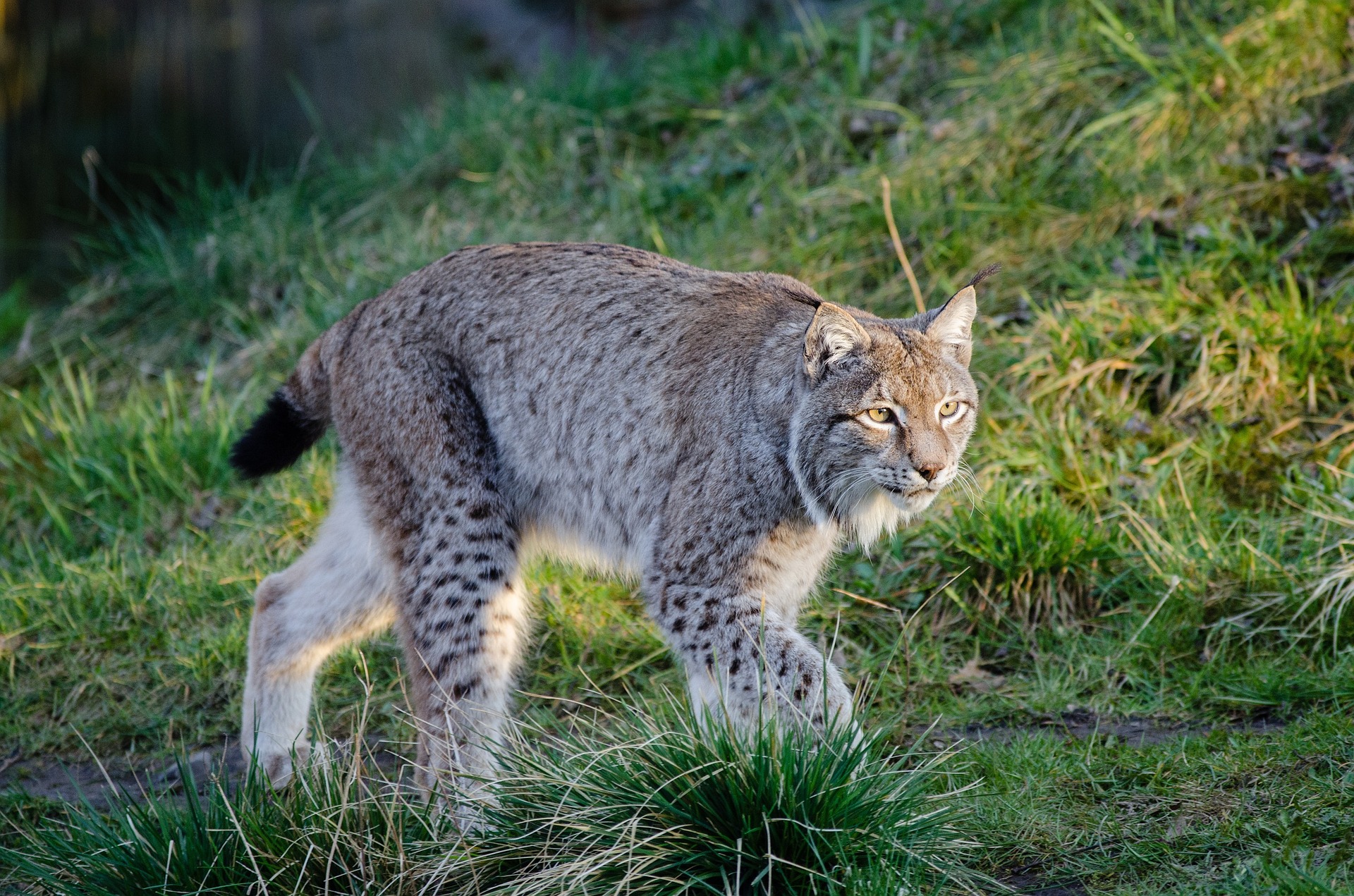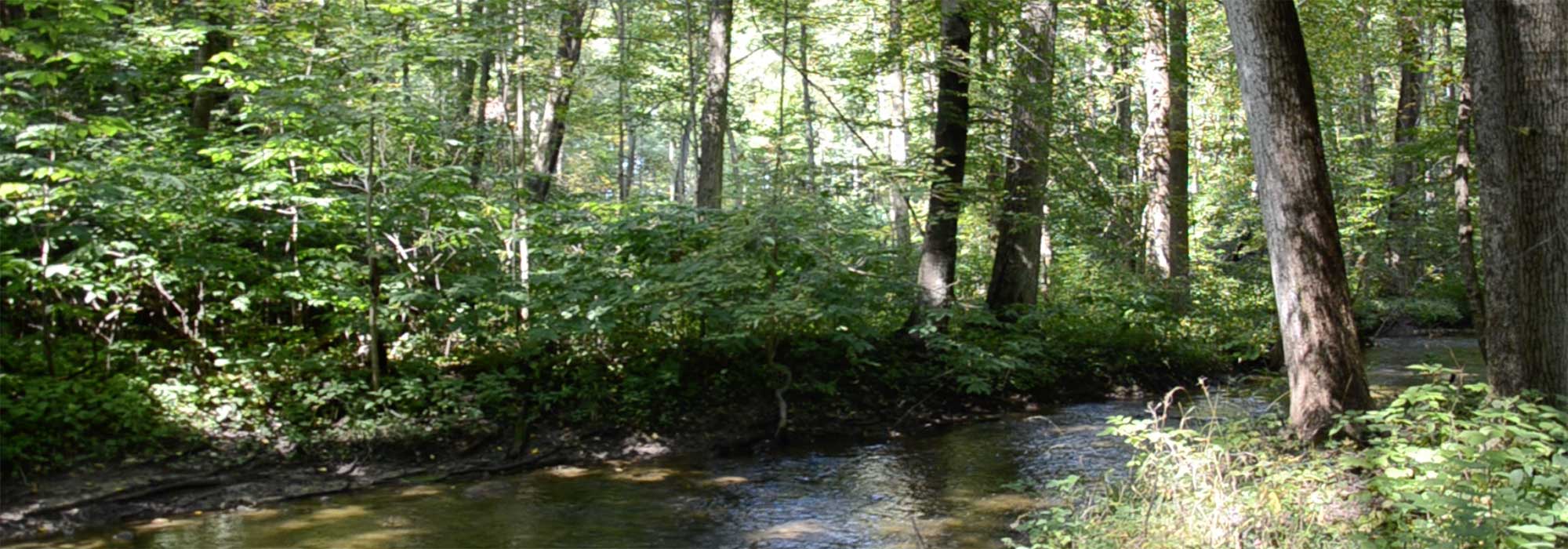Quality, Service, & Forest Stewardship for Over 100 years!
Pike News
Hoosier Wildcats

Prior to settlement, bobcats (wildcats) were plentiful throughout our great state. The habitats that bobcats needed to survive were lost due to forest clearing. Recent land use decisions of forestland owners have helped to provide this cat with the forested and brushy areas in which they can flourish again.
Research shows that bobcats occur at moderate levels in portions of southern Indiana and, to a lesser extent, in the Wabash river valley and lakes region of northeast Indiana. In 2002, bobcats were taken off Indiana’s endangered species list and reclassified as protected. The bobcat is a moderate-sized feline standing about 24 inches high and weighing from 15 to 30 pounds. Their fur is yellowish-brown with black spots or streaks. At night, the cat can be recognized by its eerie screams.
Bobcats are a beneficial predator as they mainly prey on small mammals including rats, mice, moles, squirrels, and rabbits. Occasionally, a bobcat with kill a young or injured deer. It is rare to catch a glimpse of this shy and nocturnal cat. They are most active at night and spend the day sleeping in trees, thickets, or rocky crevices. Hoosier wildcats are solitary animals and have home ranges as large as 20 square miles. The bobcat is a unique reminder that there is still a bit of wild in Indiana.

